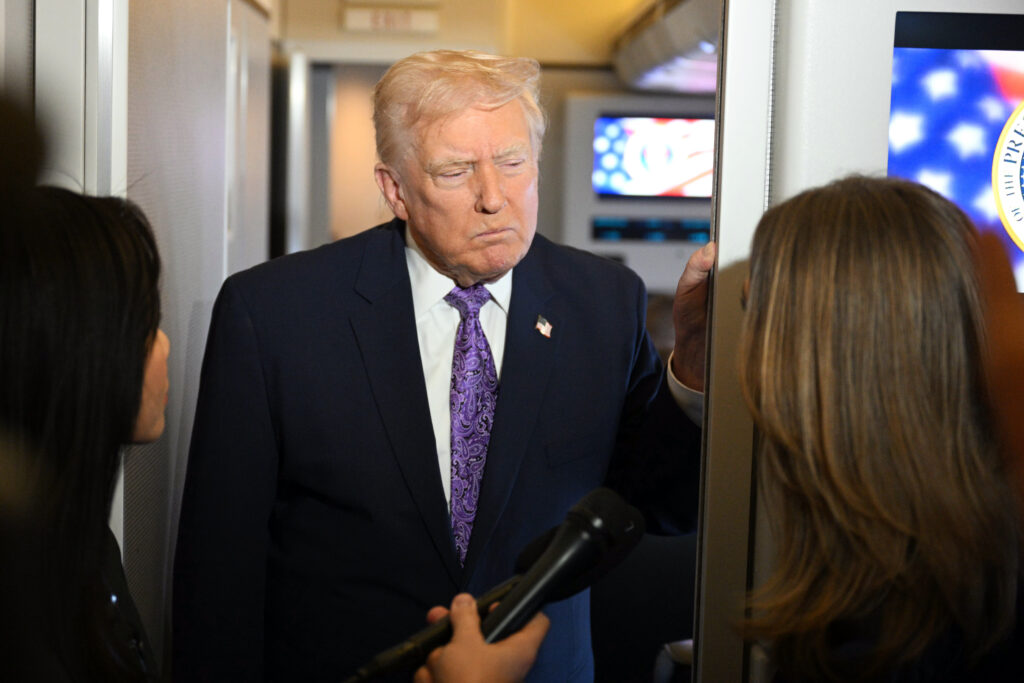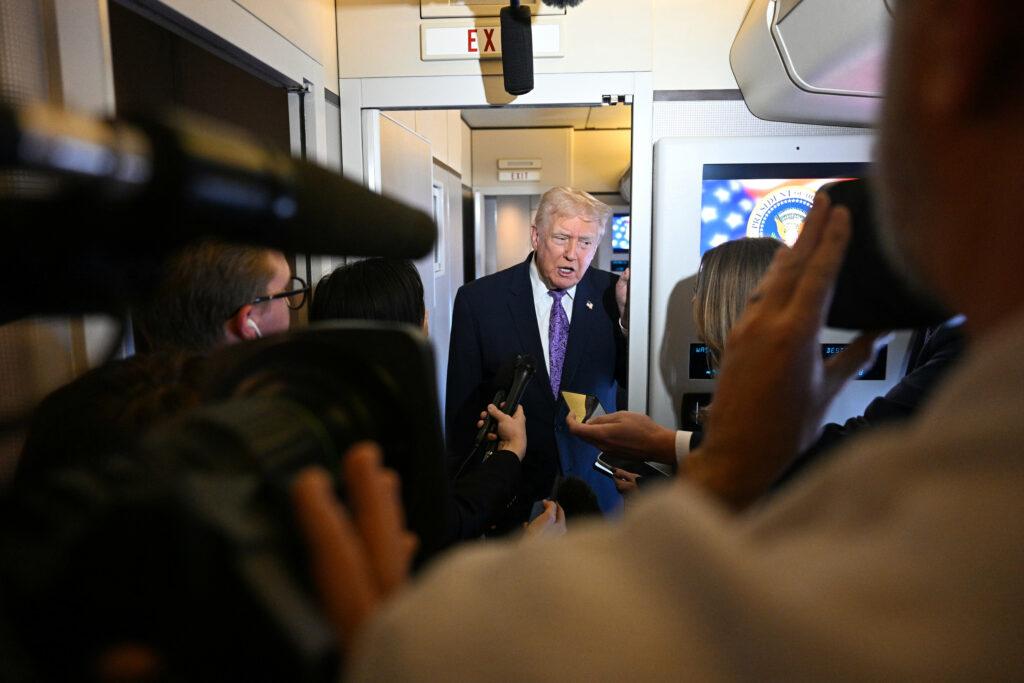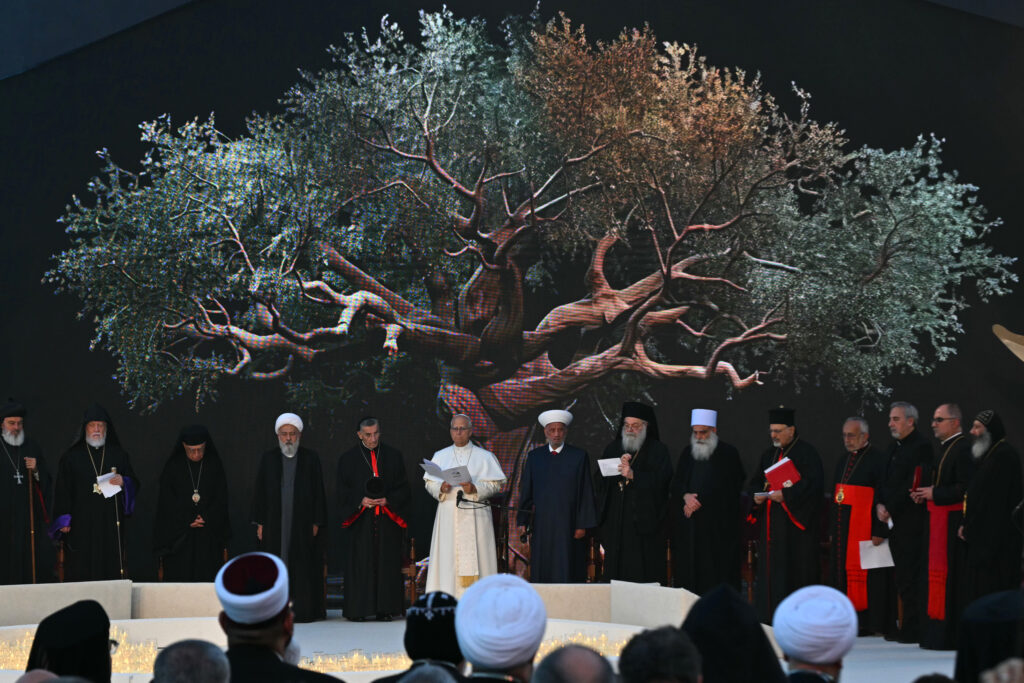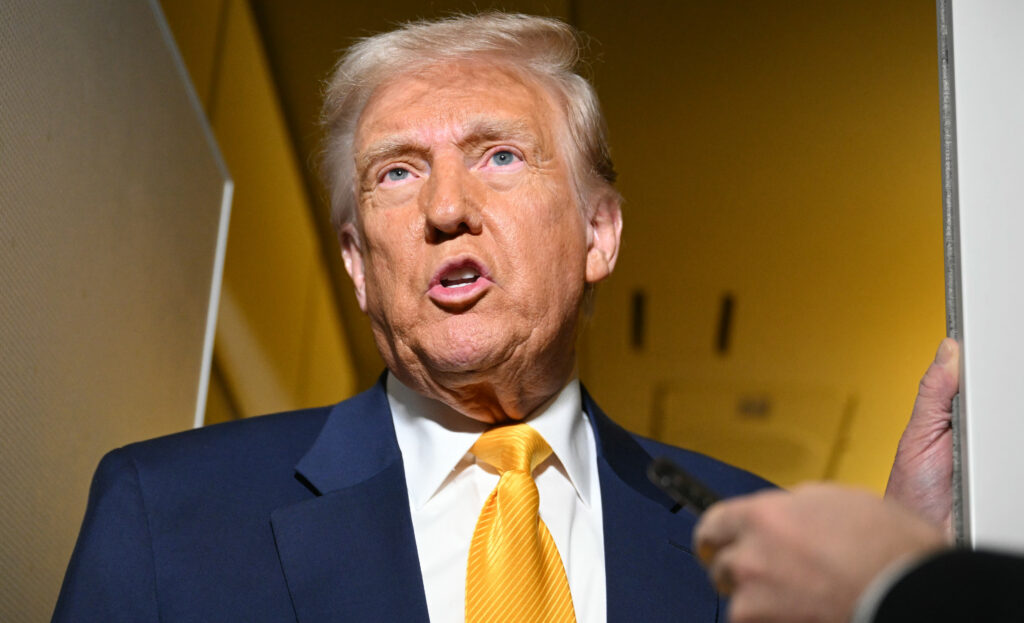Trump réunit son Conseil de sécurité nationale pour parler du Venezuela
Donald Trump va réunir lundi son Conseil de sécurité nationale pour évoquer le Venezuela, a affirmé la Maison Blanche, en pleine montée des tensions entre Washington et Caracas.”Je peux confirmer que le président se réunira avec son équipe de sécurité nationale sur ce sujet et beaucoup d’autres”, a déclaré la porte-parole de la Maison Blanche, Karoline Leavitt, lors d’un point presse.Karoline Leavitt n’a cependant pas répondu directement à la question de savoir si Donald Trump avait pris une décision finale sur une potentielle intervention américaine, après plusieurs mois de tensions avec Caracas, déclarant qu’elle ne “rentrerait assurément pas dans les détails de la rencontre”.La porte-parole a également refusé d’écarter la possibilité de déployer des troupes américaines sur le sol vénézuélien, maintenant l’ambiguïté de la Maison Blanche sur la question.”Des options sont à la disposition du président, et je le laisserai s’exprimer sur celles-ci”, a-t-elle déclaré.Le Conseil de sécurité nationale se réunit deux jours après que Donald Trump a décrété que l’espace aérien du Venezuela devait être considéré comme “totalement fermé”. Avant cela, le président américain avait déclaré jeudi que les Etats-Unis allaient “très bientôt” commencer à cibler des “trafiquants de drogue vénézuéliens” lors d’opérations “sur terre”, et pas seulement en mer.Depuis septembre, les Etats-Unis ont considérablement renforcé leur présence militaire en mer des Caraïbes, au nom de la lutte contre le narcotrafic selon Washington, qui accuse le président vénézuélien Nicolas Maduro de diriger un cartel. Caracas dément et rétorque que l’objectif de Washington est de renverser le président vénézuélien et de mettre la main sur le pétrole du pays.Une activité constante d’avions de combat américains a été enregistrée ces derniers jours à quelques dizaines de kilomètres des côtes vénézuéliennes, selon des sites de suivi du trafic aérien.- “Dans son bon droit” -La réunion à la Maison Blanche arrive en outre sur fond de polémique croissante aux Etats-Unis concernant une frappe en septembre sur une embarcation suspectée de narcotrafic.Le Washington Post a rapporté vendredi que le ministre de la Défense, Pete Hegseth, aurait ordonné que tous les passagers du bateau soient tués, conduisant les forces américaines – après une frappe initiale – à viser à nouveau deux survivants qui s’accrochaient au bateau en flammes.Dimanche, Donald Trump a déclaré vouloir vérifier ces informations, disant qu’il n’aurait “pas voulu ça”. A bord d’Air Force One, le président américain a cependant défendu Pete Hegseth: “Il dit qu’il n’a pas dit ça et je le crois”.La Maison Blanche a affirmé lundi que l’amiral Frank Bradley, à la tête du commandement des opérations spéciales des forces armées américaines, avait ordonné cette frappe, menée de manière tout à fait légale selon l’exécutif américain.L’amiral “était pleinement dans son bon droit” pour prendre cette décision, a déclaré Karoline Leavitt lors du point presse.Mais plusieurs élus, républicains comme démocrates, ont exprimé leur indignation face aux informations rapportées par le Washington Post.La commission des forces armées à la Chambre des représentants enquêtera pour obtenir “un récit complet de l’opération en question”, a ainsi annoncé samedi son chef républicain, le député Mike Rogers. La commission homologue au Sénat en fera de même, avait également annoncé le sénateur républicain Roger Wicker.Au total, les Etats-Unis ont mené des frappes contre plus de 20 navires dans les Caraïbes et le Pacifique, tuant au moins 83 personnes, sans fournir de preuves que ces navires soient impliqués dans le trafic de drogue, et menant ainsi des experts et l’ONU à questionner la légalité des opérations.




